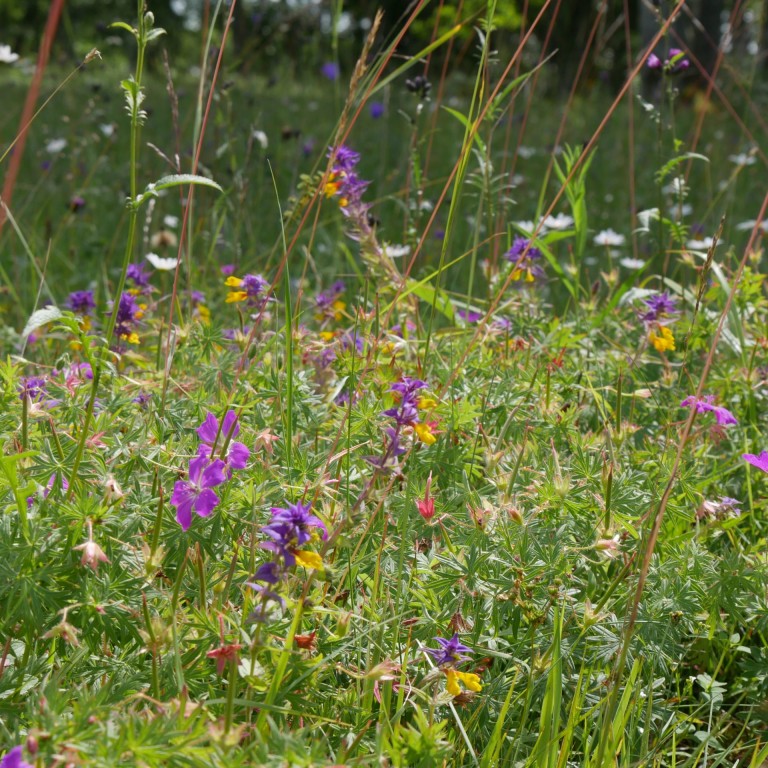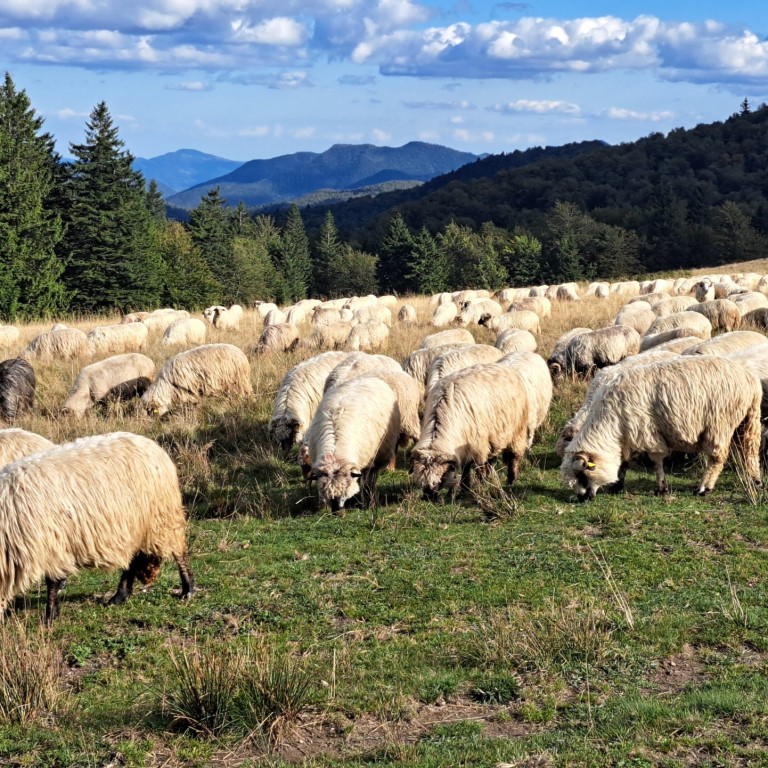A study published yesterday by an international research team shows that the monitoring of genetic diversity of wild species in Europe is inadequate and flawed. Therefore, the loss of important genetic variants that ensure the preservation of biodiversity, i.e. the foundation stones of evolution in plant and animal populations, may not be noticed.
Climate change is putting considerable pressure on many species, especially the plant and animal populations on the periphery of the spread, for which adaptation to climate change is particularly important. The survival of populations is increasingly affected by their ability to withstand extreme heat or drought, as well as their ability to cope with new species in the region. When the environment becomes unfavorable to plant and animal populations, it is the variation in DNA sequence, or genetic diversity, that allows populations to adapt to new conditions and avoid extinction or forced change of habitat.
A pan-European study published in Nature Ecolgy & Evolution, a top journal in ecology, involving 60 universities and 31 research institutes, gave an overview of the monitoring of genetic diversity across Europe. The study also offered recommendations on which populations in European regions should be monitored more closely than before.
"In terms of monitoring genetic diversity, the situation is not good in Estonia as well," said Tsipe Aavik, head of the Landscapes Biodiversity Workgroup and Associate Professor of Macroecology, who led the study in Estonia. "Studies have been carried out in Estonia, but mostly they are limited to measurements taken at one point in time - they lack time repetitions and systemality - which is why most of the work carried out in Estonia does not fit under the monitoring criteria. In rare species conservation management plans, genetic diversity, if mentioned at all, is a lower priority biodiversity level. This, in turn, means that we do not have an overview of how the genetic diversity of populations of even some species has changed over time in different groups of organisms, not to mention that we do not know whether and to what extent the Estonian plant and animal populations are threatened by changes in environmental conditions."
According to Peter Pearman, lead author of the study, we risk losing critically important genetic variants by neglecting genetic diversity. At the same time, with effective monitoring, we could identify key regions where such gene variants are present and ensure the adaptability and long-term survival of species. This knowledge would also enable better planning of land use and support the protection and restoration of ecosystems. This is essential to preserve biodiversity and the survival of the benefits of species (e.g. crop pollination, natural pest control, climate regulation).
The study can be read in the journal Nature Ecology & Evolution.
More information:
Tsipe Aavik




